-
main-collection-product-grid
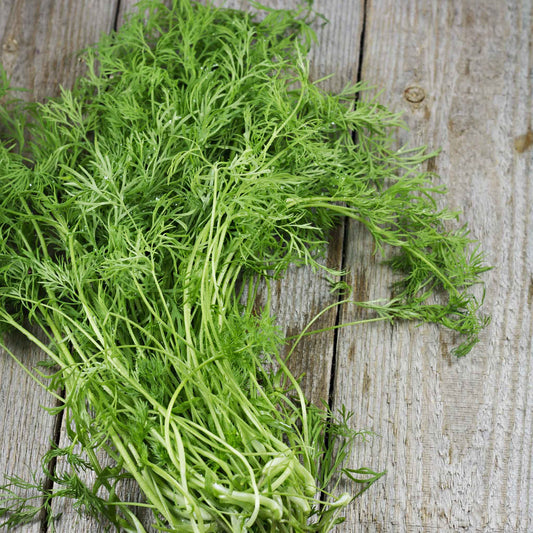
Dill Seeds (Organic) - Bouquet
Large blooms produce the preferred dill for pickling and cut flower useDill Seeds (Organic) - Bouquet
Large blooms produce the preferred dill for pickling and cut flower useRegular price As Low As $6.99Regular priceUnit price per -
main-collection-product-grid
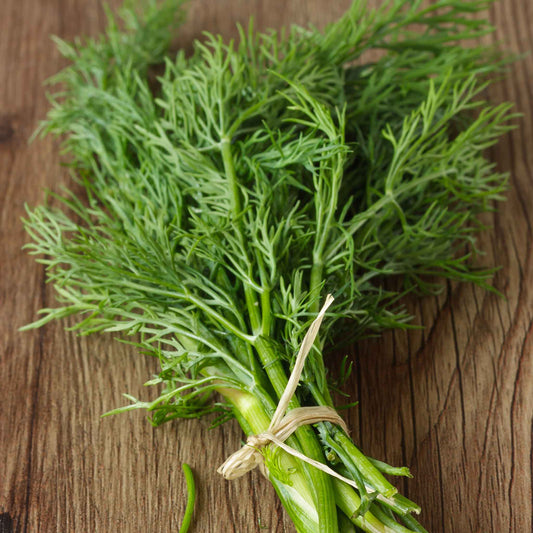
Dill Seeds - Bouquet (Common)
Widely used in picklingDill Seeds - Bouquet (Common)
Widely used in picklingRegular price As Low As $4.99Regular priceUnit price per -
main-collection-product-grid
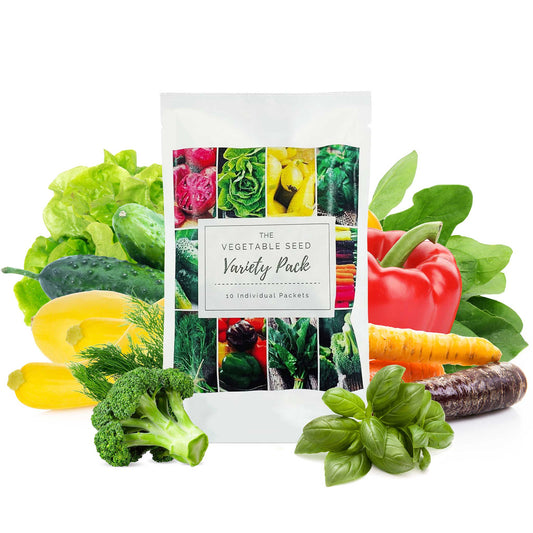
Vegetable Seed Variety Pack
Collection of top 10 vegetable seed packets, great for beginner gardenersOut of StockVegetable Seed Variety Pack
Collection of top 10 vegetable seed packets, great for beginner gardenersRegular price $35.99Regular priceUnit price per -
main-collection-product-grid
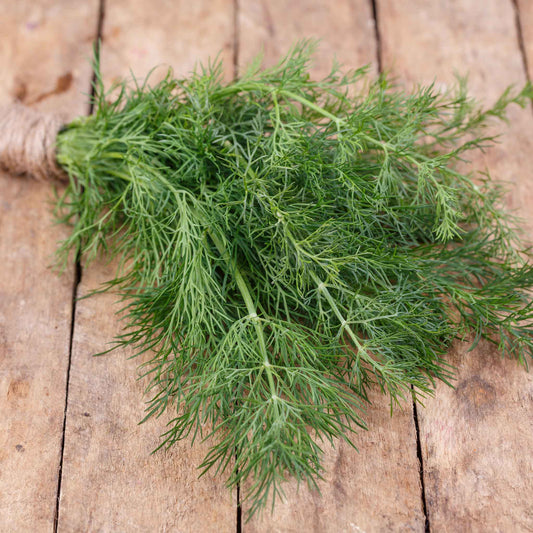
Dill Seeds - Elephant
Longer and extended harvest, slow to boltDill Seeds - Elephant
Longer and extended harvest, slow to boltRegular price As Low As $4.99Regular priceUnit price per -
main-collection-product-grid
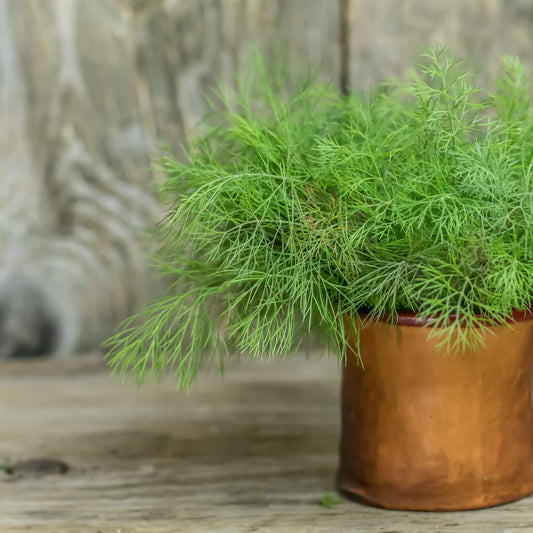
Dill Seeds - Compatto
Ideal herb to grow right in your kitchenDill Seeds - Compatto
Ideal herb to grow right in your kitchenRegular price As Low As $5.49Regular priceUnit price per -
main-collection-product-grid
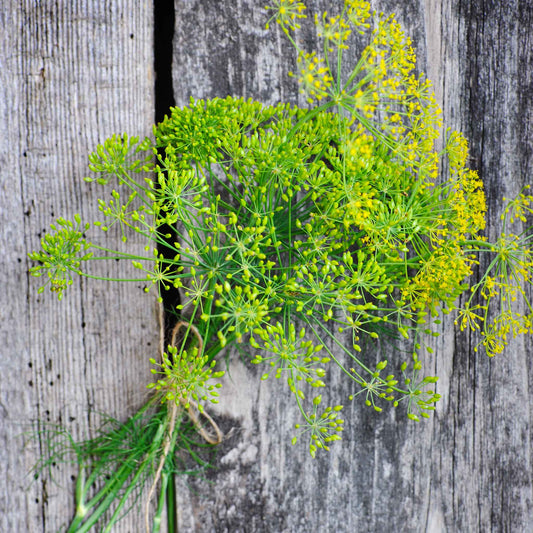
Dill Seeds - Long Island Mammoth
Tall variety with a tangy aroma, an essential pickling spiceDill Seeds - Long Island Mammoth
Tall variety with a tangy aroma, an essential pickling spiceRegular price As Low As $4.99Regular priceUnit price per -
main-collection-product-grid
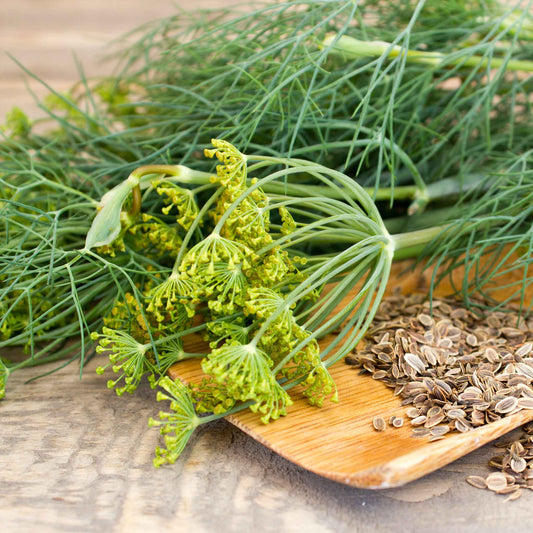
Dill Seeds - Dukat
Feathery foliage is excellent in yogurts and fish dishesDill Seeds - Dukat
Feathery foliage is excellent in yogurts and fish dishesRegular price As Low As $4.99Regular priceUnit price per
Growing dill in your garden
- 7 dill seed varieties
- Adds fresh flavor to a variety of culinary dishes
- Works well in container gardens
- Prefers full sun exposure
Dill is a star ingredient around the world
Most people today are familiar with dill. If for no other reason than they are familiar with pickles. Dill is a common spice or herb throughout the world. North America, Poland, Russia, Germany, the UK, Iran, India, Romania, Serbia, Greece, Santa Maria, Sweden, the list of countries that use dill as a star ingredient in many of their cuisines goes on and on. Dill truly does span continents.
Dill is an annual herb that belongs to the celery family. The origin of the word "dill" is most commonly thought to have Germanic roots. Although, the ultimate origin is still unknown. The dill plant has fern-like leaves and slender hollow stems. Flowers from the dill plant are yellow to white and sprout up in clusters of umbels. The oil from dill plants and seeds is extracted and sometimes used in soap making.
Dill is an excellent companion plant for your garden
Dill attracts many beneficial insects when the flower heads go to seed. This makes it a good companion plant, especially for cucumbers and broccoli. Young tomatoes will also benefit from being planted alongside dill, because the dill will repel harmful pests, yet attract pollinators. However, as dill matures, it will slow the growth of tomatoes, so take care to prune dill regularly when it is planted near tomatoes-ensuring it does not flower.
Prepare to plant dill seeds for a successful harvest
Dill can be direct sown outdoors after the threat of frost has passed and soil temperatures have reached between 60 and 70°F. Prepare the soil for your planting area by mixing compost in the soil and then leveling the soil off. Plant the dill seeds in rows, in groupings of three every six inches or so. Once the seedlings have reached a few inches in height, thin them out to one plant every four inches. You can sow the seeds every few weeks through midsummer to have a continual harvest of fresh dill. Harvesting is easy. Once the plants reach approximately six inches in height, they are ready. Seed heads will develop after about 12 weeks. As the leaves dry out, dill will start to lose its flavor.
For more information about planting, growing, and caring for dill seeds, see the Dill Seeds Planting Guide.






